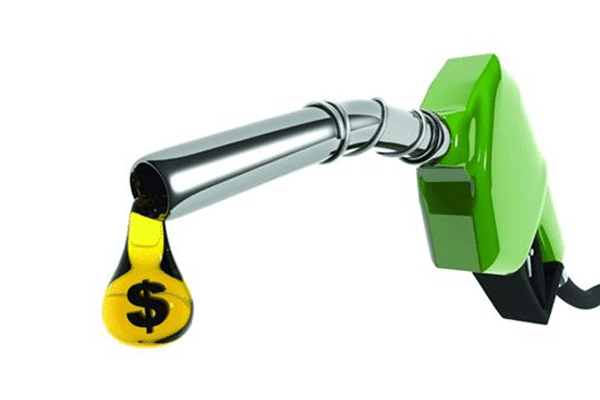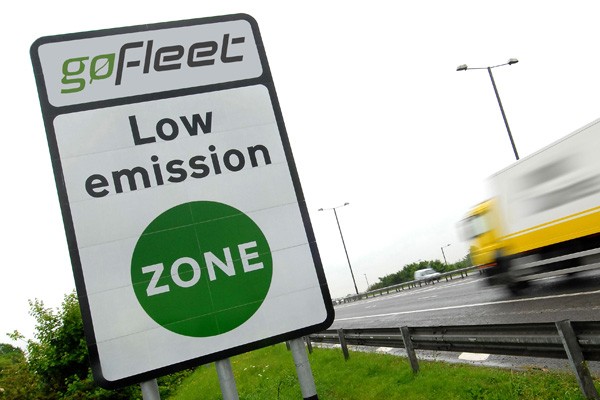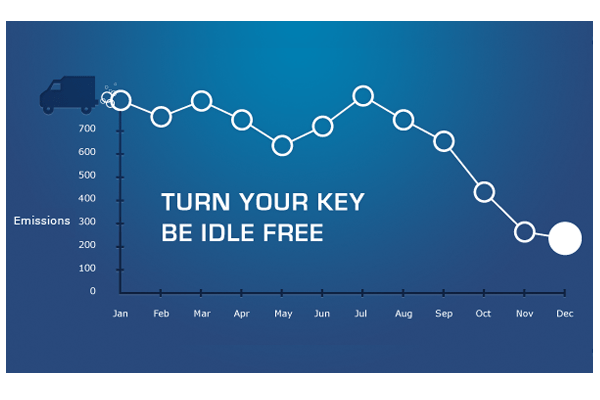June 10, 2014
Courtney redwell
Fleet Fuel Management Software Keeping track of your fuel usage of a fleet of vehicles, no matter if it is a fleet of 2 or 2000 can be quite difficult. Fuel management software can help you keep track of fuel usage, where fuel is being wasted, and most importantly save you money. GoFleet's GPS fleet tracking system comes equipped with...
June 3, 2014
Courtney redwell
Reducing fleet emissions can be seen as a difficult task as producing greenhouse gas (GHG) emissions when running a fleet is inevitable. Reducing your fleet emissions will not only help the environment it will save your company money on gas, and who doesn't want that? The concept of reducing your fleet emissions is quite simple: the greater your fuel consumption,...
May 8, 2014
Courtney redwell
When it comes to obtaining return on investment (ROI) information with GPS fleet tracking technology, the lowest hanging fruit typically revolves around fuel savings by reducing speeding and idling time. Idling time can be defined as the duration of time the engine is running and the vehicle is not moving. When looking at the total idling time, the lower the...
April 16, 2014
Courtney redwell
Simple Changes and a GPS Vehicle Tracking System Will Reduce Fuel Spending There are several things that can be done to help save both fuel and money. From simply avoiding too many stops to building a whole new fuel-efficient model, it comes down to either improving the fuel economy of already existing vehicles or acquiring new more fuel efficient vehicles....
December 17, 2013
Courtney redwell
Reduce Fleet Emissions With These Helpful Tips Want to reduce your fleet emissions? The concept is quite simple: the greater your fuel consumption, the greater your emissions will be. Reducing your fuel consumption will in turn reduce your fleets emissions. Green Fleet Management The way employees drive their vehicles directly relates to either increasing or decreasing fuel economy...
November 16, 2013
Courtney redwell
Reduce Fuel Expenses With GPS Fleet Tracking Today’s elevated fuel prices cause fleet managers to spend as much as 30 percent of their budget on fuel alone. Fleet managers that aim to maximize their vehicles MPG performance with the use of fleet management technology can quickly lower those fuel costs. The Us Department of Energy reported that gas mileage decreases...


